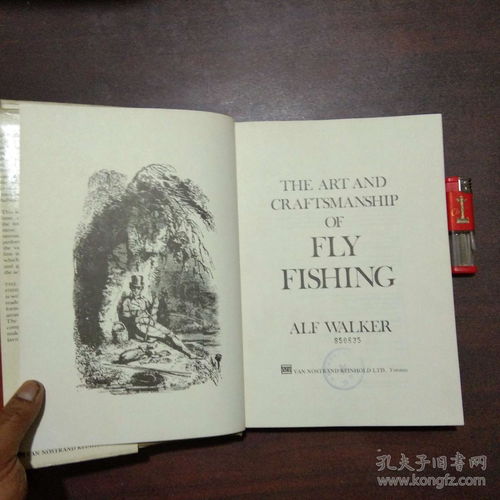Introduction:
The world of fishing is both a serene pastime and a challenging pursuit, requiring patience, skill, and a keen sense of observation. One of the most critical moments in fishing is when you first realize you've hooked a fish. This article delves into the intricacies of fishing techniques and provides you with the insights needed to recognize when you've successfully hooked a fish.
Understanding the Basics:
Before we dive into the specifics of detecting a bite, it's essential to understand the basics of fishing. Whether you're casting from the shore or fishing from a boat, the following principles apply:

Tackle Selection: Choose the right rod, reel, line, and bait for the species you're targeting. The appropriate gear ensures that you can detect even the lightest of bites.
Location: Fish are most active during certain times of the day and in specific areas. Research the habits of the fish you're targeting and choose your spot accordingly.
Bait Presentation: The way you present your bait can significantly impact your chances of catching fish. Mimic the natural movement and appearance of the prey that fish are feeding on.
Signs of a Bite:
Now, let's explore the various signs that indicate you've hooked a fish:
Line Movement: The most common and immediate sign is the movement of your line. Even the slightest twitch or pull can be a fish taking your bait. Pay close attention to any unusual movements in your line.
Reel Drag: If you feel a sudden increase in resistance on your reel, it's likely a fish has taken the bait. The drag on your reel should be adjusted to match the size and strength of the fish you're targeting.
Bait Position: If your bait is no longer in its original position, it could be a sign that a fish has taken it. This is particularly true if the bait is being pulled or pushed in a direction you didn't intend.
Rod Tip Movement: The rod tip is a sensitive indicator of a bite. If you notice the tip bending or moving in a way that's not consistent with your casts, it's time to set the hook.
Tug or Pull: A firm tug or pull on the line is a clear sign that a fish is attached. This is when you should prepare to set the hook.
Vibration: Sometimes, the line or rod will vibrate slightly when a fish takes the bait. This vibration can be subtle, so be on the lookout for any unusual sensations.
Setting the Hook:
Once you've identified that you've hooked a fish, it's time to set the hook. Here's how to do it effectively:
Reel In: If the fish is moving away from you, reel in the line slowly to bring it closer. This helps to reduce the strain on your line and increases your chances of landing the fish.
Lift the Rod: When you feel a tug, lift the rod quickly but smoothly. This helps to set the hook into the fish's mouth.
Maintain Pressure: Once the hook is set, maintain steady pressure on the line. This ensures that the fish doesn't escape and gives you more control.
Play the Fish: As the fish fights, be patient and let it tire itself out. Avoid sudden movements or excessive reeling, as this can cause the fish to break free.
Land the Fish: Once the fish is exhausted, gently bring it to the boat or shore. Be mindful of the fish's welfare and handle it with care.
Conclusion:
Knowing when you've hooked a fish is a skill that takes time to develop. By understanding the basics of fishing, recognizing the signs of a bite, and mastering the art of setting the hook, you'll be well on your way to becoming a proficient angler. Remember, patience and practice are key to success in the world of fishing. Happy fishing!












